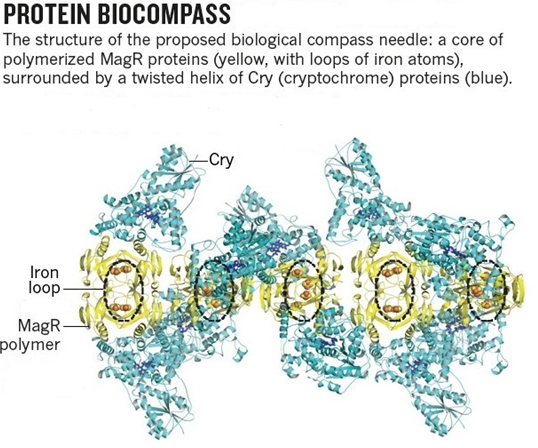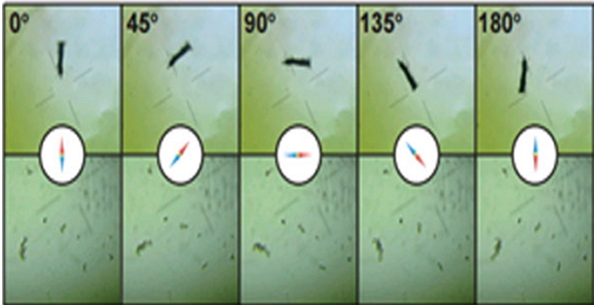Introduction:
Nature: Chinese scientist Professor Xie Can announced the identification of the animal acts in the direction of having a "biological compass" structure - complex (MagR / Cry) by the magnetic induction with the photosensitive protein cryptochrome proteins. Why are some people poor sense of direction? This gene mutation in vivo or magnetic induction protein MagR relevant, biological compass structure will open wave "magnetic Genetics" study.

Figure 1. White whale, considered to be one of the Earth's magnetic field to navigate using a weak species
Why are some people poor sense of direction? This gene mutation in vivo or magnetic induction protein MagR related.
November 16, Nature website issued congratulations: Chinese scientist Professor Xie Can team announced the identification of the animal acts in the direction of having a "biological compass" structure - has been named by the magnetic induction MagR photosensitive protein and protein composition Cryptochrome complex iron elements (MagR / Cry). This heavyweight Professor Xie Can the discovery and sharing, will open to the scientific community based on the structure of biological compass "magnetic genetics" research wave.
That day, Life Sciences, Peking University Professor Xie Chan research team's paper "A magnetic protein biocompass" by impact factor of up to 36 minutes of Nature sub Journal Nature Materials "Nature Materials" accepted and published online. Xie Chan team after the adoption of the 12,536 genes in Drosophila screened and found only one with a combination of magnetic induction CRY receptor protein containing iron, sulfur protein chelate (CG8198), and is capable of sensing the external magnetic field. Based on this protein has a magnetic sensing capabilities, Xie Chan team will be named CG8198 magnetic induction receptor protein (MagR).

Animals (butterflies, doves, turtles, wolves ......) in the direction of movement by the identification of the induced magnetic field, scientists believe that animals should be able to sense the presence of a protein geomagnetism, namely magnetic receptor protein, but on the molecular mechanisms behind protein and it is not clear . Until 2008 Nature ("nature") journal published an article revealing Drosophila has a photosensitive Cryptochrome protein complex (Cry), once the knockout of the protein, Drosophila sensitivity of direction will be weakened. Professor Xie Can pointed out, Cry protein is not a real magnetic induction receptor protein, because it cannot sense the magnetic field polarity (South, North Pole).

Paper from Professor Xie Can in the part of the picture (the rod-like compound may be aligned with the magnetic field)
What are the reasons that help animals is indicative of the direction? In the past 10 years, scientists have made use of the light sensing capability of certain proteins to manipulate neurons, for example, an optical fiber cable plugged directly into the brain to regulate the activity of individual nerve cells, which we know the genetic light learn.
Professor Xie Can team after six years of research and found that genetics compared to light, the magnetic induction receptor proteins have a more dominant advantage, which may be the brain's magnetic field outside manipulation. Therefore, the team's major discovery or enable scientists can control the cells by magnetic field.
References:
- Nature 454, 1014-1018 (21 August 2008) | doi:10.1038/nature07183; Received 25 February 2008; Accepted 19 June 2008; Published online 20 July 2008
- Nature Materials (2015) doi:10.1038/nmat4484 Received 04 August 2015 Accepted 21 October 2015 Published online 16 November 2015
Souce: NovoPro 2015-12-03
